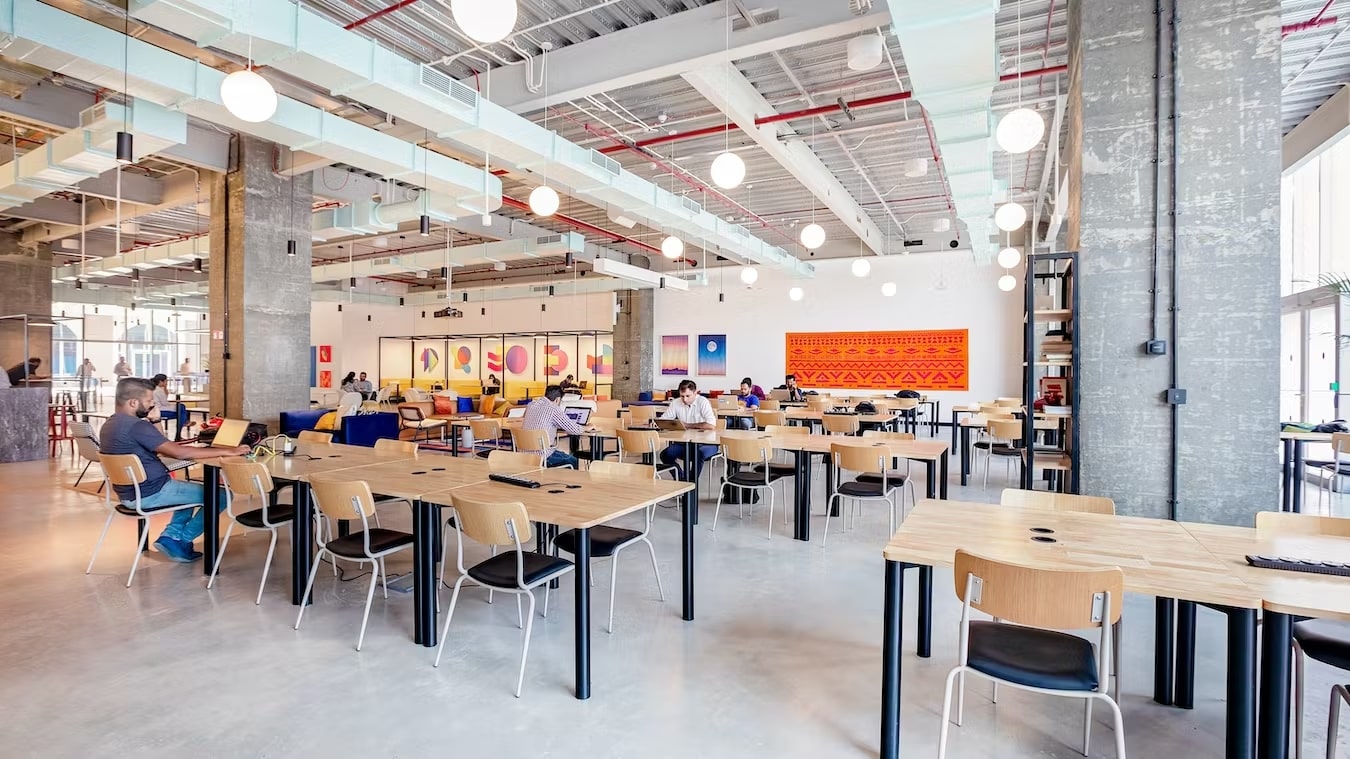We examine how core aspects of a flex proposition can help landlords reduce vacancies and drive revenues.
The office sector has been striving to reclaim pre-pandemic occupancy levels across some of the world’s largest cities. Although utilisation levels were no more than 70%i back then, the impact of the Work from Home (WFH) and Work from Anywhere (WFA) phenomenon has left its mark on real estate strategies of corporate occupiers, and in turn, office buildings are struggling.
Landlords, owners and investors are trying to fill vacancies and improve margins amidst a recent trend to offer rental incentives and building perks to their tenants. However, often overlooked as a risky investment or a last resort, flex space has been proving resilient, especially compared to traditional office options. Research from our 2023 Future of Flex survey revealed that 83% of landlords globally saw an increase in occupier demand for flex space (100% in APAC, 100% in North America, 77% in the UK and 77% in EMEA).
The case for flex is a strong one. The recovery of the commercial property sector is at least in part dependent on productizing and transforming an otherwise stale and static real estate sector, making offices easier to procure, occupy, and scale up or down. Buildings and assets need to integrate flexible spaces on shorter terms to offer occupiers agile workspace solutions that support hybrid working – a trend that’s here to stay.
So, why is flex beneficial for helping landlords to reduce vacancies and drive revenues? Find out below.
Productization
Flexible workspace has never been a one-size-fits-all solution. It accommodates agility and the ability to expand or contract based on the client’s needs. From hot-desks and meeting spaces to coworking and managed offices or spec suites, flex office products exist on a spectrum. Unlike traditional leases – four empty walls void of services and delivered on longer terms – flex opens a building or asset to a wider range of market demand. In this way, landlords can evolve with the market and stay relevant, rather than risk losing occupiers to competitors. Depending on the asset, a flex offering can also generate rental premiums, greater NOI (net operating income), and ultimately have a positive impact on valuation.(Read our latest research!)
Creating spaces people want to occupy
Creating a product that your customers don’t want to leave is essential. It’s about offering the services and amenities they need to simplify their buying decisions – or eliminate them all together. For starters, a product – or multiple products – that serve a wide range of workspace needs can keep occupiers in your buildings longer. By offering product variety, they know they can come to you for their real estate solutions if and when their requirements change.
Second, for decades, flexible workspace has delivered on the service and hospitality component of office space. The focus on services and amenities beyond the four walls, a desk, and Wi-Fi is an essential feature of flex, and it can unlock customer retention and higher revenue generating opportunities.
Third, workplace experience is a major value-add of flexible workspaces and a significant contributor to bolstering stickiness. Customers want to know what to expect of the real estate products they’ve chosen and have the same consistent experience across a range of spaces. And, in some cases, they’re willing to pay extra for this type of straightforward satisfaction.
Rental premiums
Knowing your customer, and even more importantly, your market, is a critical component to generating higher revenues. A flex space can boost occupancy levels and drive rental premiums. Our recent research shows that premium flex workspaces are commanding prices up to 51% above the global market average per square foot.
Of course, the asset itself must be fit for flex. By being laser-focused on data, landlords can identify which buildings and spaces can trade best as a flex offering. With pricing and demand information on hand, can forecast performance and adjust pricing strategies to maximize returns. For example, providers of flex in markets with rising rates can adjust pricing upwards with greater confidence, aligning their strategies with current demand.
Data from our proprietary flexible workspace platform offers reliable market data and insights on pricing, occupancy, product types, and supply among other key data points. This level of granularity enables landlords to make the right decisions about how their assets will perform as a flexible workspace. As a result, landlords can make smarter, more profitable investments in the growing flex sector.
In summary
There’s no silver bullet to a profitable flexible workspace operation. But there is market data that can build a strong business case for flex, pointing to higher returns and greater success when opening new flex locations.
For landlords evaluating a flex proposition, it doesn’t have to be a difficult decision. Learn more here about how you can simplify your journey to flex with our 25+ years of expertise in the sector and the industry’s most reliable flex market data.
Interested in...
- Finding a flex delivery partner? Learn more about our Operator Procurement Service
- Building out a floor of your asset as single tenant, move-in ready space? Learn more.
- Interested in listing your pre-built space on our marketplace? Learn more.


